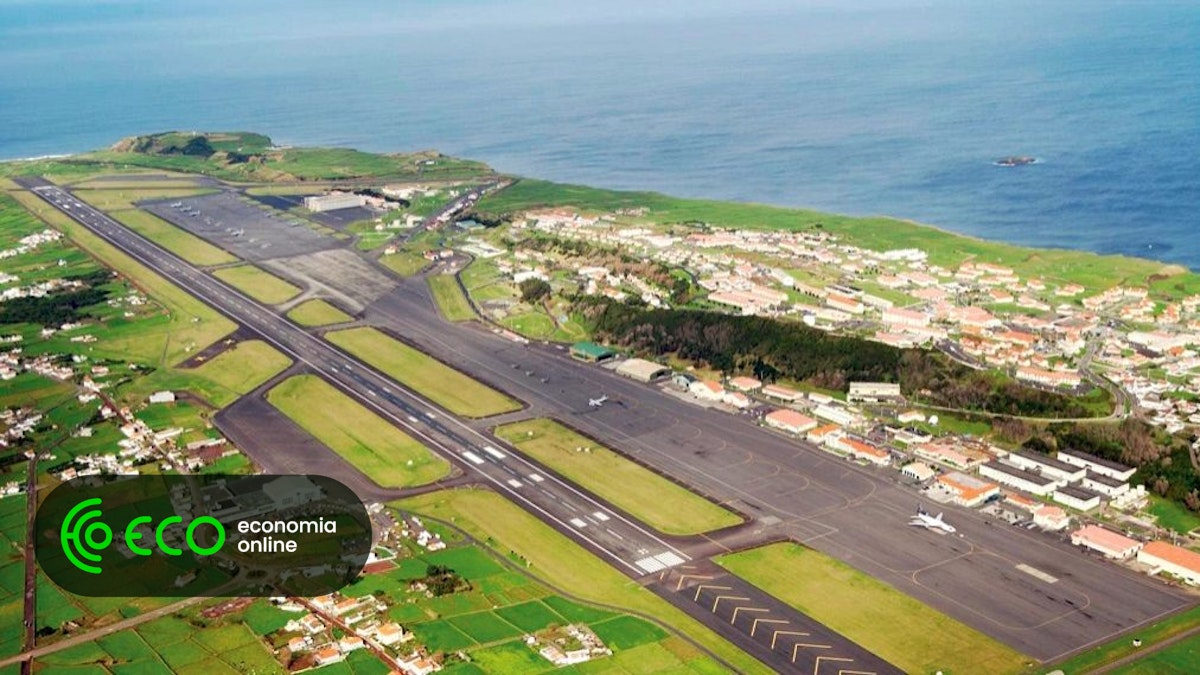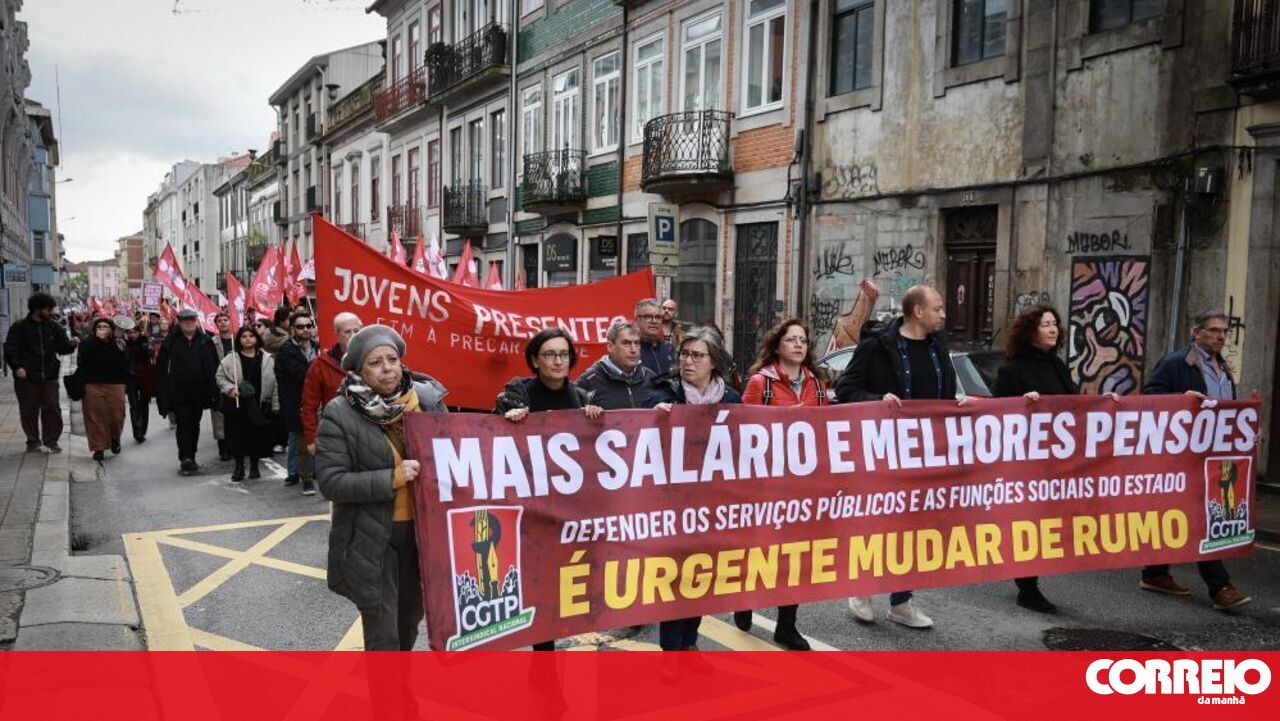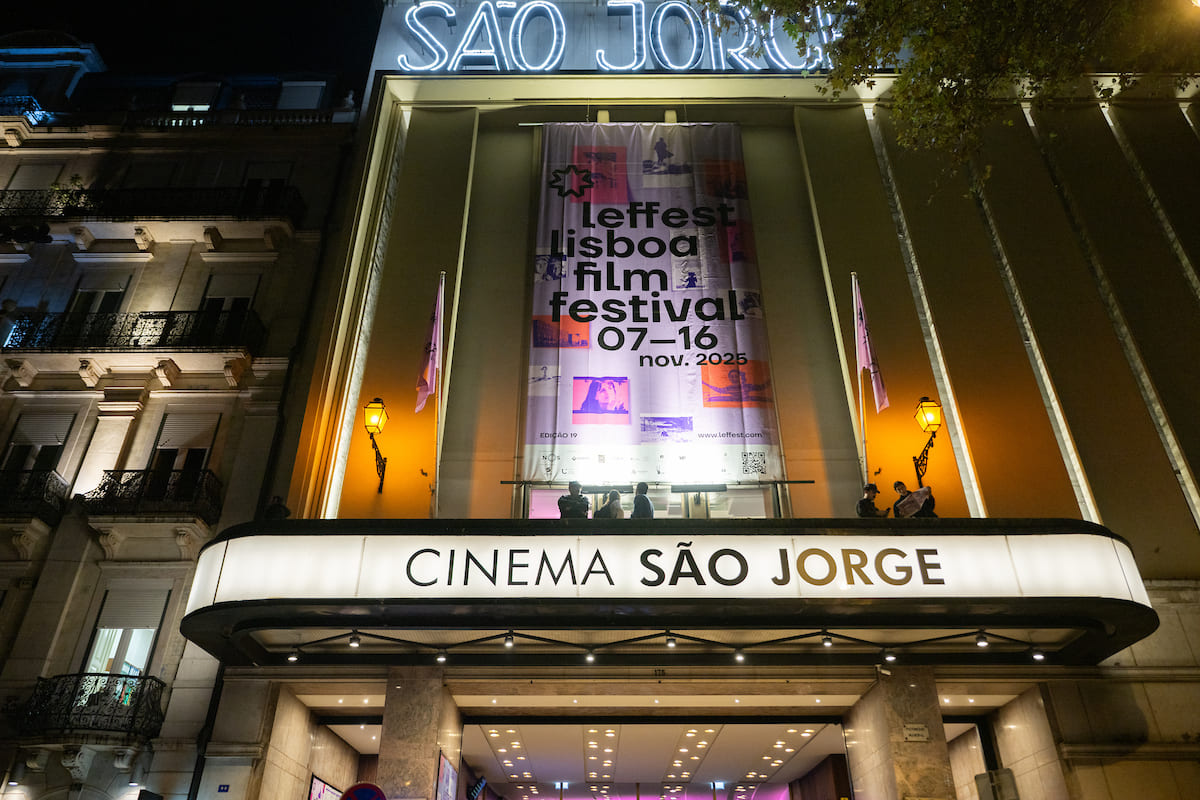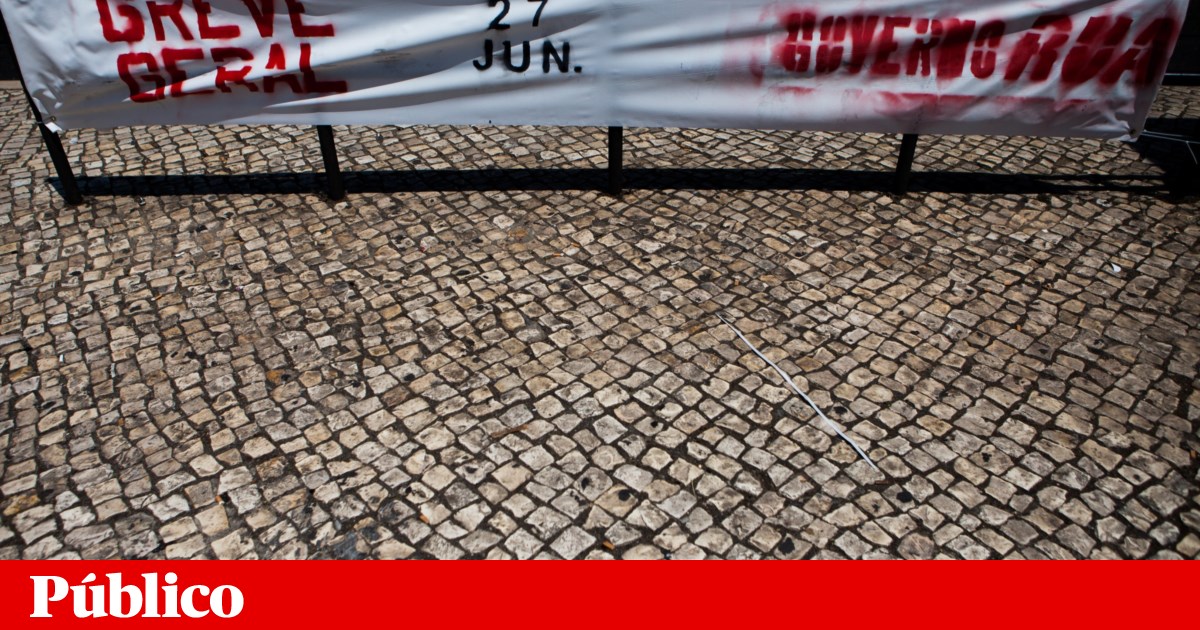A Decade of Transformation
For more than a decade, Lisbon has been the place to be. After economic near-death experiences in the early 2010s, Portugal used tax breaks, golden visas, and inclusive social and immigration policies to attract foreign investors, digital nomads, and surf-happy expatriates. They formed a cosmopolitan class living it up on the low cost of living.
Urban Renaissance and Its Costs
Luxury towers and hotels sprouted up over long-abandoned areas and graffitied streets, often inhabited by poor immigrants who supplied cheap labor. The city's most handsome neighborhoods, with their tiled facades and parks filled with people drinking cocktails at cafes over the sounds of bossa nova and English, became a modern-day Casablanca for creative types. About 30 percent of Lisbon's population is not Portuguese.
The Tragic Incident
A funicular crash that killed 16 people has prompted deep soul-searching about the changes in the city. This incident has jarred Lisbon's sense of itself, raising questions about safety and the rapid pace of development.
 Lisbon’s city center after a stormy night.
Lisbon’s city center after a stormy night.
























Comments
Join Our Community
Sign up to share your thoughts, engage with others, and become part of our growing community.
No comments yet
Be the first to share your thoughts and start the conversation!